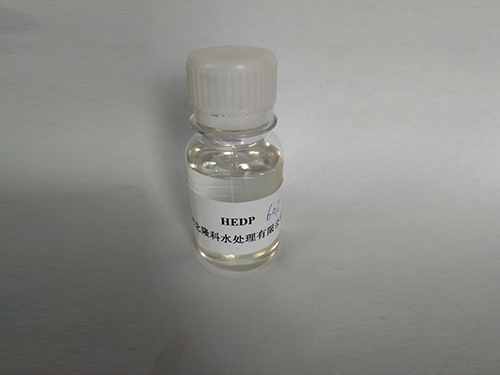Exploring the Applications of Anionic Polyacrylamide in Water Treatment and Agriculture
Anionic Polyacrylamide Properties, Applications, and Benefits
Anionic polyacrylamide (APAM) is a versatile synthetic polymer commonly used in various industries due to its unique properties. It's an anionic form of polyacrylamide, which is a water-soluble polymer made from acrylamide monomers. The introduction of negative charges from the anionic groups in APAM gives it distinct characteristics that make it suitable for numerous applications, particularly in water treatment, agriculture, and oil recovery.
Properties of Anionic Polyacrylamide
The key property of anionic polyacrylamide is its high molecular weight, which can range significantly, influencing its performance in different applications. Due to the negatively charged groups on the polymer chains, APAM exhibits excellent flocculation and coagulation abilities. This makes it effective in aggregating suspended particles in water and improving sedimentation processes.
Another important property of APAM is its solubility. It can dissolve in water to form a viscous solution, which is ideal for various applications where it is necessary to enhance fluid flow and stability. Additionally, APAM is known for its thermal stability and resistance to degradation, making it a reliable choice in processes that involve high temperatures or aggressive chemical environments.
Applications of Anionic Polyacrylamide
1. Water Treatment One of the primary uses of anionic polyacrylamide is in water treatment facilities. It plays a crucial role in sewage treatment, wastewater management, and drinking water purification. By promoting the aggregation of suspended solids, APAM helps reduce turbidity levels and facilitates the removal of pollutants, thereby ensuring cleaner water.
2. Agriculture APAM is also widely used in agriculture as a soil conditioner. When applied to soil, it helps improve water retention, reducing erosion and runoff. This property is particularly beneficial in arid regions where water scarcity is an issue. Additionally, APAM enhances the soil structure, promoting better root development and overall plant growth.
anionic polyacrylamide

3. Oil Recovery In the oil and gas industry, anionic polyacrylamide is used in enhanced oil recovery (EOR) processes. It improves the viscosity of water used in injection techniques, aiding in the mobilization of oil trapped in reservoirs. This application is vital for maximizing oil extraction efficiency, making it a valuable asset in the energy sector.
4. Paper and Pulp Industry The use of APAM in the paper and pulp industry helps improve the retention of fibers and fillers during the manufacturing process. This results in better paper quality and reduced waste, contributing to a more sustainable production approach.
Benefits of Using Anionic Polyacrylamide
The advantages of anionic polyacrylamide are numerous. Its ability to enhance flocculation and sedimentation not only leads to improved water quality but also reduces the need for chemical coagulants, making processes more environmentally friendly. Furthermore, the use of APAM in agriculture promotes sustainable farming practices by improving soil health and reducing water usage.
Moreover, the versatility of APAM allows it to be tailored for specific requirements across different industries. Manufacturers can adjust the molecular weight and anionic charge density to optimize performance for particular applications. This customization capability ensures that anionic polyacrylamide remains a relevant and effective solution in a rapidly evolving market.
Conclusion
Anionic polyacrylamide is a powerful polymer with diverse applications across various sectors. Its remarkable properties make it invaluable in water treatment, agriculture, oil recovery, and more. As industries continue to embrace sustainable practices and seek efficient solutions, the importance of APAM is likely to grow. By understanding and utilizing its unique characteristics, companies can significantly enhance operational effectiveness while minimizing environmental impact.
-
Water Treatment with Flocculant Water TreatmentNewsJun.12,2025
-
Polymaleic AnhydrideNewsJun.12,2025
-
Polyaspartic AcidNewsJun.12,2025
-
Enhance Industrial Processes with IsothiazolinonesNewsJun.12,2025
-
Enhance Industrial Processes with PBTCA SolutionsNewsJun.12,2025
-
Dodecyldimethylbenzylammonium Chloride SolutionsNewsJun.12,2025





